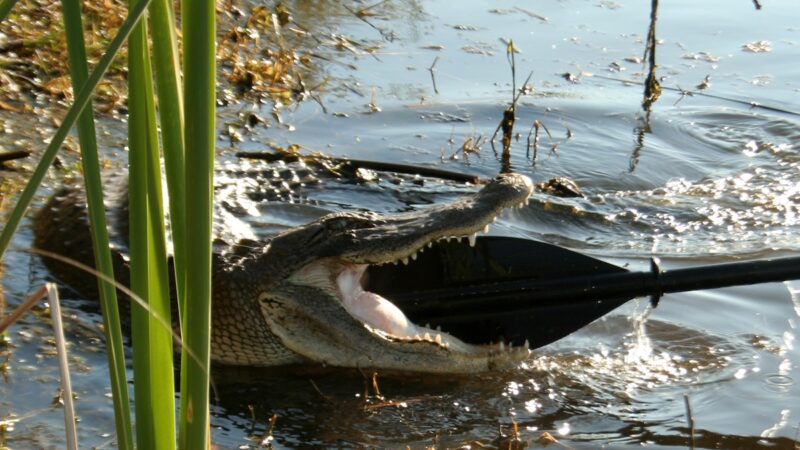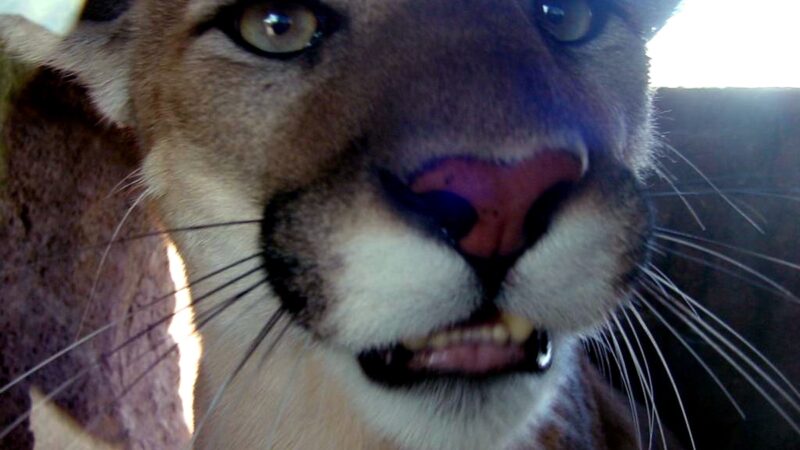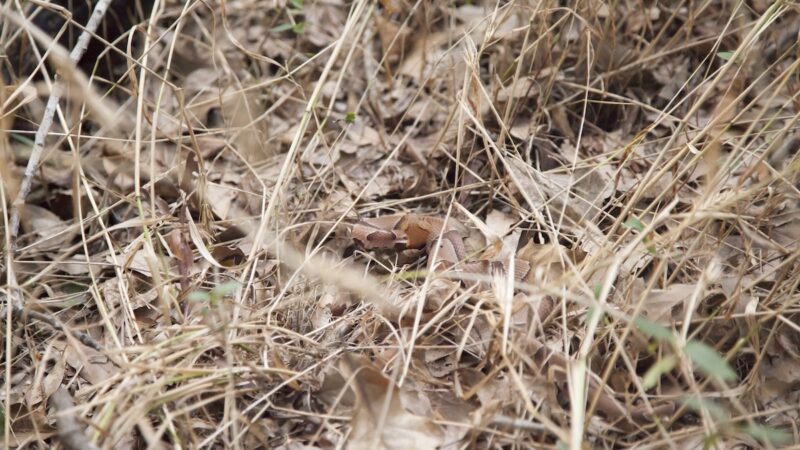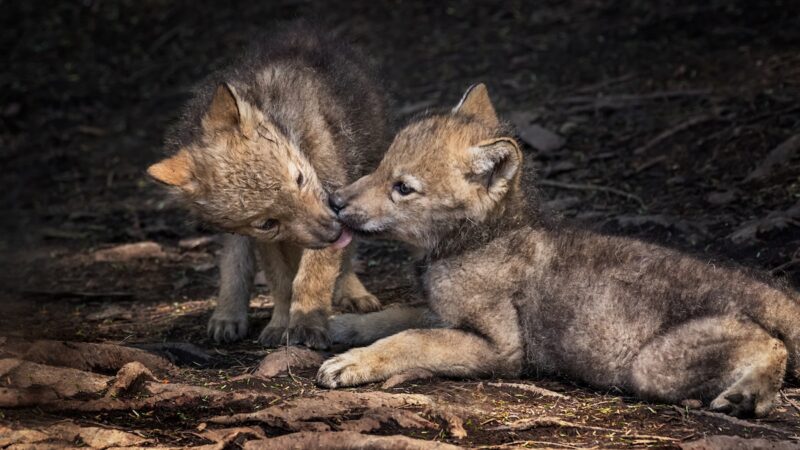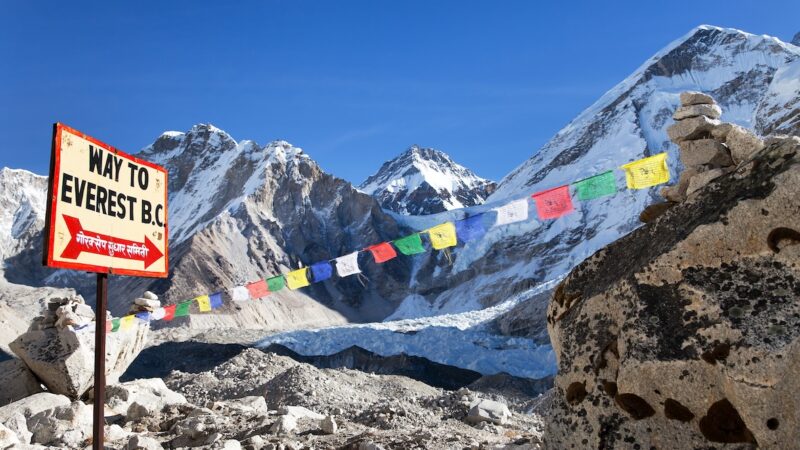15 Best Wreck Dives in the World
If you like to witness history firsthand and explore depths that few people can reach, wreck diving might be your calling. What makes a great wreck dive? The best sites are photogenic, in relatively good shape for their age and a decent size—having interesting artifacts and marine life doesn’t hurt, either. Top wrecks also have a good story to tell. Were they lost at sea during a devastating storm or torpedoed during World War II? Here, some of the most fascinating wrecks—and legends—from around the world.
1. The SS Thistlegorm
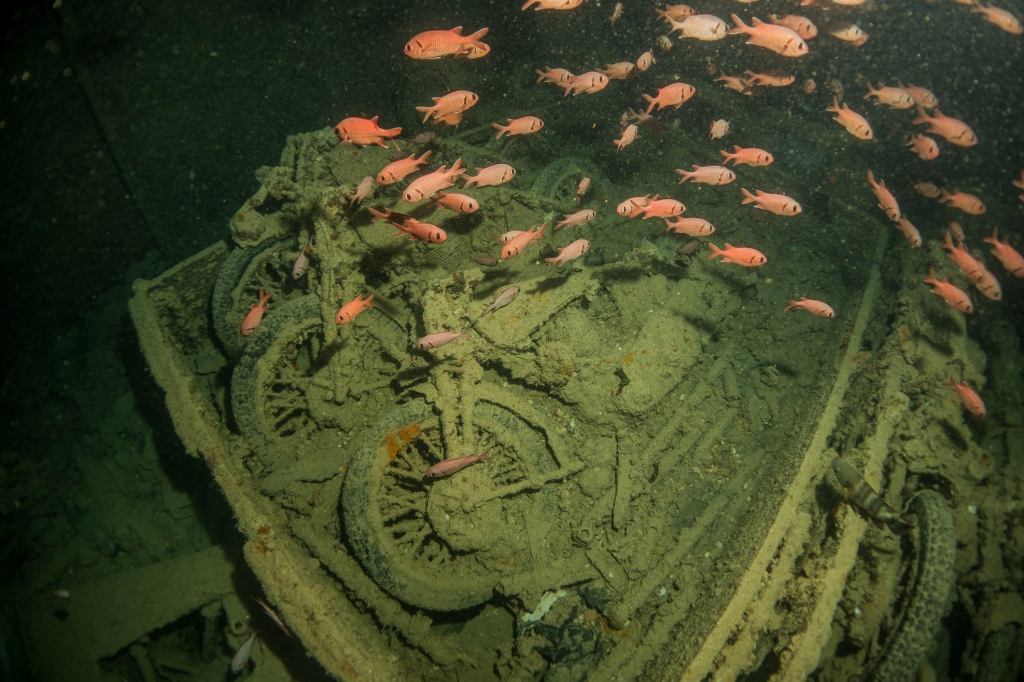
Where: Egypt
Dive level: Advanced
Why it’s the best: Considered by many to be the top wreck dive in the world, the Thistlegorm was sunk by a German air attack in 1941 while carrying supplies for WWII, including tanks, jeeps and even a train. Now, you can explore its impressive military cargo at its eternal watery resting place.
Sea life you’ll see: Barracuda, batfish, snapper, scorpionfish, schools of jacks, and sea turtles
When to go: March to May and September to November
2. The USAT Liberty
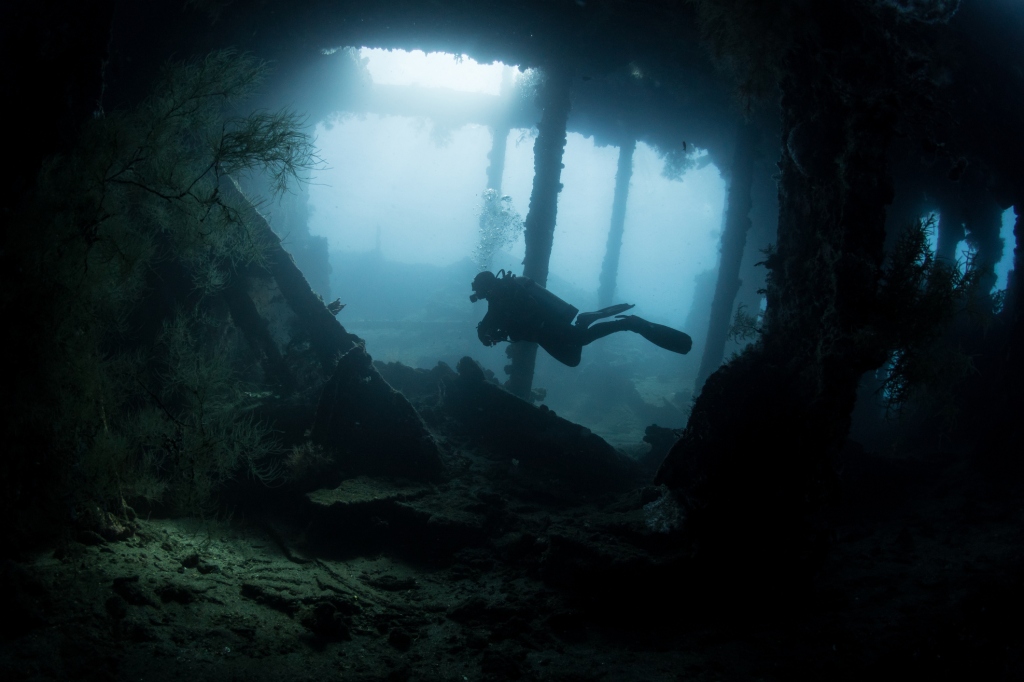
Where: Indonesia
Dive level: Beginner
Why it’s the best: This American warship was torpedoed in 1942 by the Japanese before the captain ultimately beached it, leaving the shallowest section of the boat in just 10 feet of water and 90 feet offshore. The deepest dive site lies at 95 feet, making the wreck ideal for all levels. It’s still possible to spot the anchor chain, guns, boilers and toilets.
Sea life you’ll see: Schools of jacks, barracuda, napoleon wrasse and other reef fish, as well as sea turtles
When to go: April to November
3. The SS Coolidge
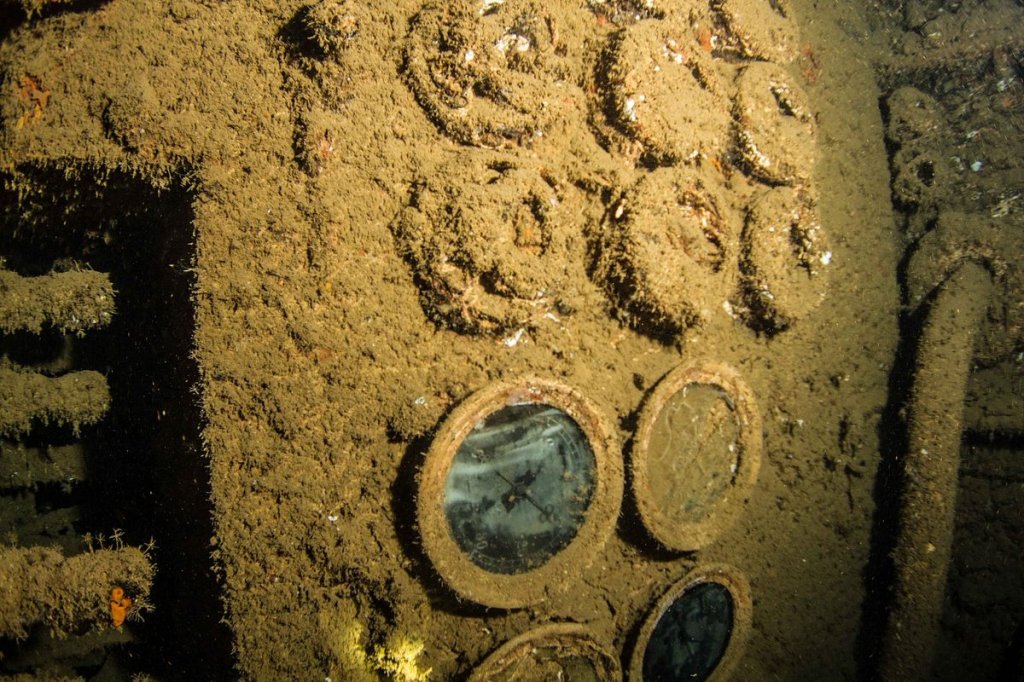
Where: Vanuatu
Dive level: Advanced
Why it’s the best: Another casualty of WWII, the SS Coolidge was accidentally struck by friendly mines. All but two of the 5,340 troops aboard were evacuated safely but were forced to leave behind their belongings, creating an underwater museum of artifacts that now sits between 65 and 230 feet in a nationally protected Marine Reserve. One to look out for: an intricate porcelain panel known as “The Lady.”
Sea life you’ll see: Sea turtles, moray eels, barracuda and reef sharks
When to go: April to October
4. The Fujikawa Maru
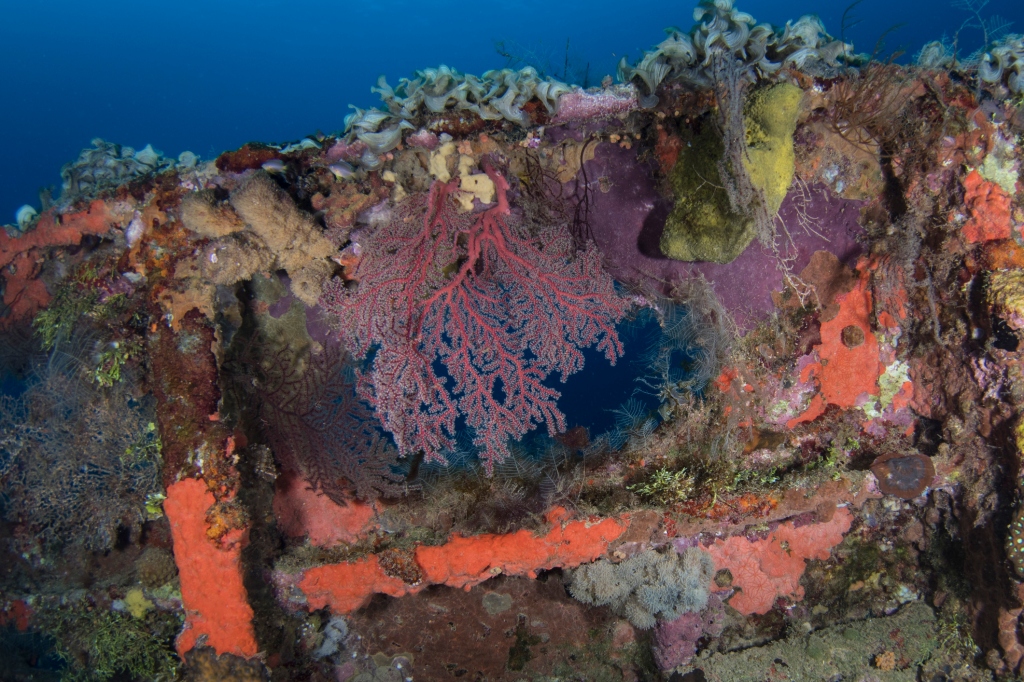
Where: Micronesia
Dive level: Beginner
Why it’s the best: The largest ship graveyard in the world, Chuuk (a.k.a. Truk) Lagoon was once the main base of the Japanese navy. In 1944, Allied Forces bombed the area, sinking 12 warships, 32 merchant ships and 275 aircraft. At the lagoon’s center lies the cargo ship Fujikawa Maru, which is the most accessible and penetrable wreck of the bunch. Its main attraction? Eight Zero fighter planes in the second hold.
Sea life you’ll see: Schools of jacks, barracuda and grey reef sharks
When to go: December to April
5. The Hilma Hooker
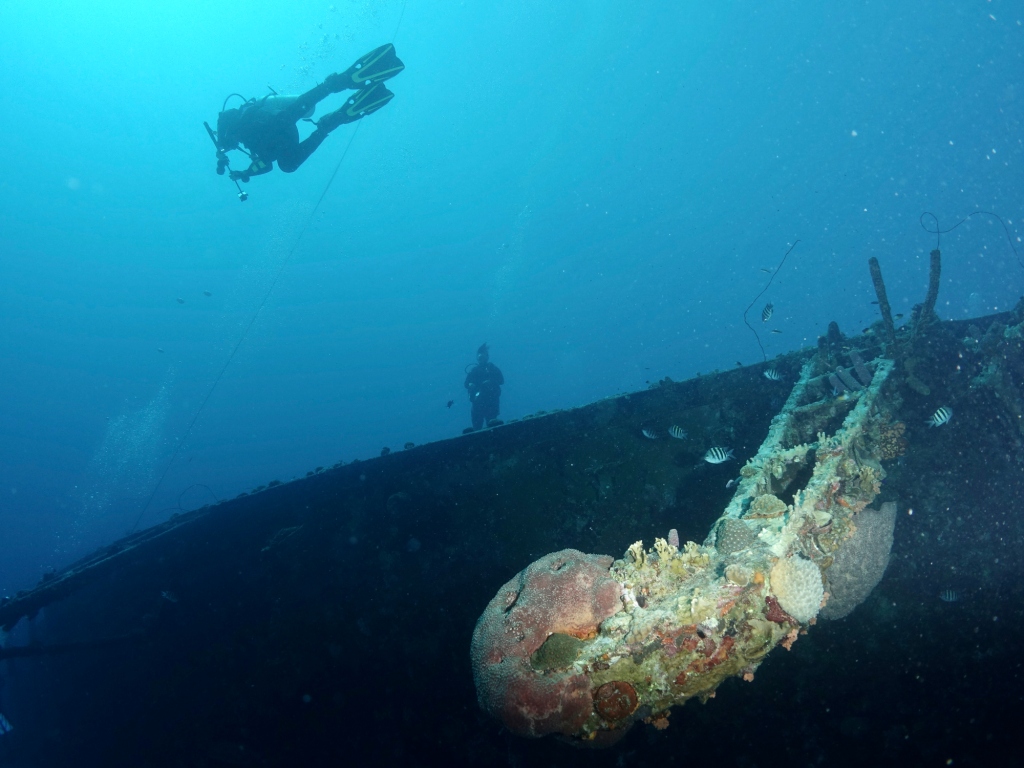
Where: Bonaire
Dive level: Advanced
Why it’s the best: After her crew were detained for drug smuggling in 1984, the Hilma Hooker was abandoned in the Caribbean island of Bonaire at a local pier in a terrible state of repair. Dive operators campaigned for the ship to be scuttled. While it’s controversial exactly how the boat came to rest at the bottom of the ocean, that’s exactly where you’ll find the 236-foot freighter today.
Sea life you’ll see: Snapper, garden eels, barracuda and reef fish
When to go: Year-round
6. The Gunilda
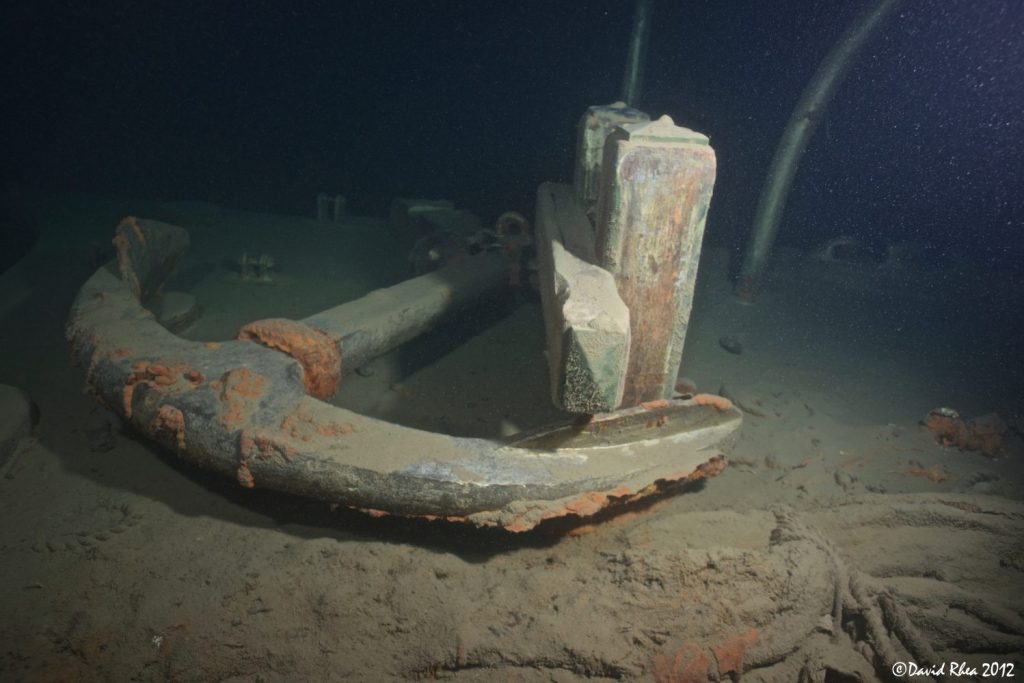
Where: Canada
Dive level: Tec and Trimix
Why it’s the best: Wreck diving and the ocean go hand in hand, but the Great Lakes also hold fantastic wreck sites, thanks to their cold water, which keeps sunken ships in excellent condition. The Gunilda, a luxury steam yacht once dubbed the most opulent boat of the 20th century, ran aground on McGarvey’s Shoal in Lake Ontario in 1911. Qualified divers can still soak in her ghostly beauty at 270 feet below.
When to go: June to September
7. The SS Yongala

Where: Australia
Dive level: Advanced
Why it’s the best: Perhaps the best wreck in the Southern Hemisphere, the SS Yongala sank during a devastating 1911 cyclone, yet its hull remains largely intact in its watery grave. The site is protected under the Historic Shipwrecks Act, which prevents divers from entering the wreck, which continues to maintain the near-pristine condition for all to enjoy.
Sea life you’ll see: Tiger sharks, manta rays, sea snakes, sea turtles, bull sharks and octopuses
When to go: June to November
8. Scapa Flow
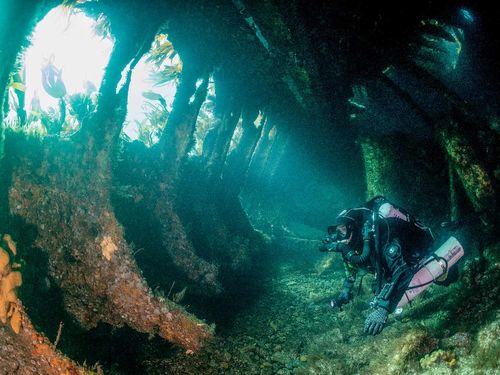
Where: Scotland
Dive level: Advanced
Why it’s the best: Scotland’s Scapa Flow has become a mecca for wreck divers. In order to stop their ships from falling into British hands, all German vessels were scuttled there at the end of World War I, of which seven remain today. The 480-foot SMS Kronprinz Wilhelm lies within recreational limits, though divers must proceed with caution due to deteriorating steel. Other popular wrecks in the area are Tabarka and Markgraf.
Sea life you’ll see: Urchins, mussels, starfish, shrimp, crabs, nudibranch and other macro life
When to go: April to October
9. The USS Saratoga
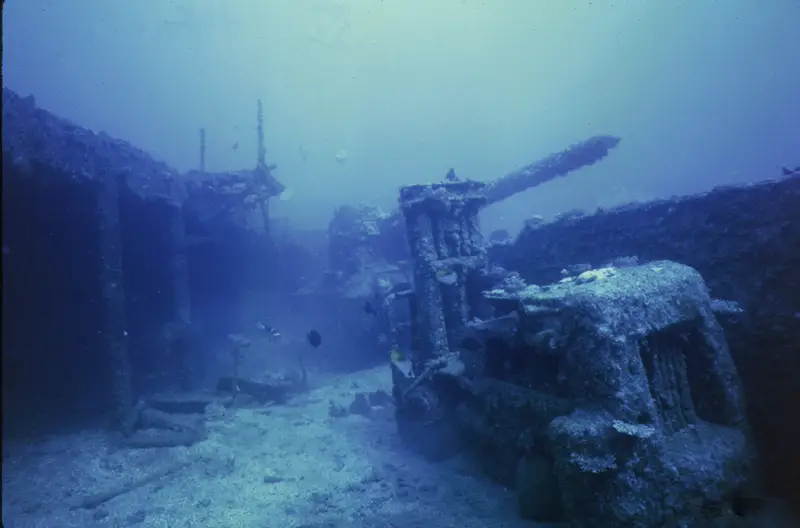
Where: The Marshall Islands
Dive level: Tec
Why it’s the best: The USS Saratoga was a part of the US military’s program to assess the effect of atomic bombs on naval vessels in the Bikini Atoll (a.k.a. Operation Crossroads). It sank in 1946 during its second test, and now rests on the sand at 177 feet, though some portions are at about 50 feet. Because of the overall depth, much of the 880-foot wreck remains unexplored today.
Sea life you’ll see: Reef sharks, reef fish and sea turtles
When to go: May to October
10. The USS Oriskany
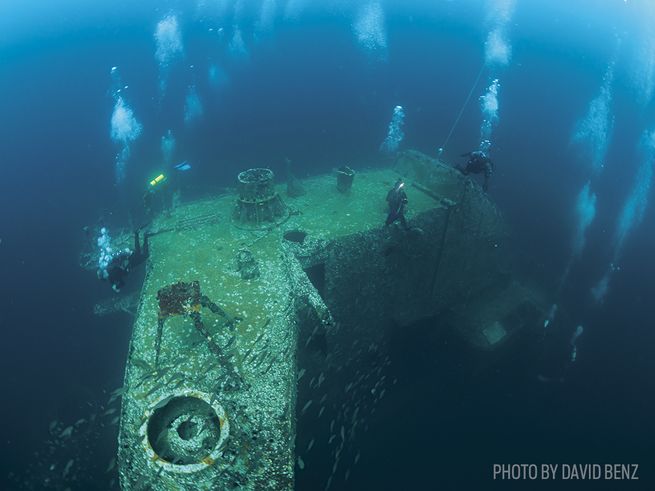
Where: Florida, United States
Dive level: Beginner
Why it’s the best: Only one of three aircraft carriers available to recreational divers, this 60-year-old ship was scuttled in 2006 as part of a US Navy program to recycle decommissioned ships for marine benefits. It now has its place as the largest artificial reef in the world. Much of the 900-foot structure is shallower than 100 feet, so beginner dives can fin around the bridge and pilothouse.
Sea life you’ll see: Grouper, amberjack, tuna and tropical fish
When to go: Year-round
11. The Jake Seaplane
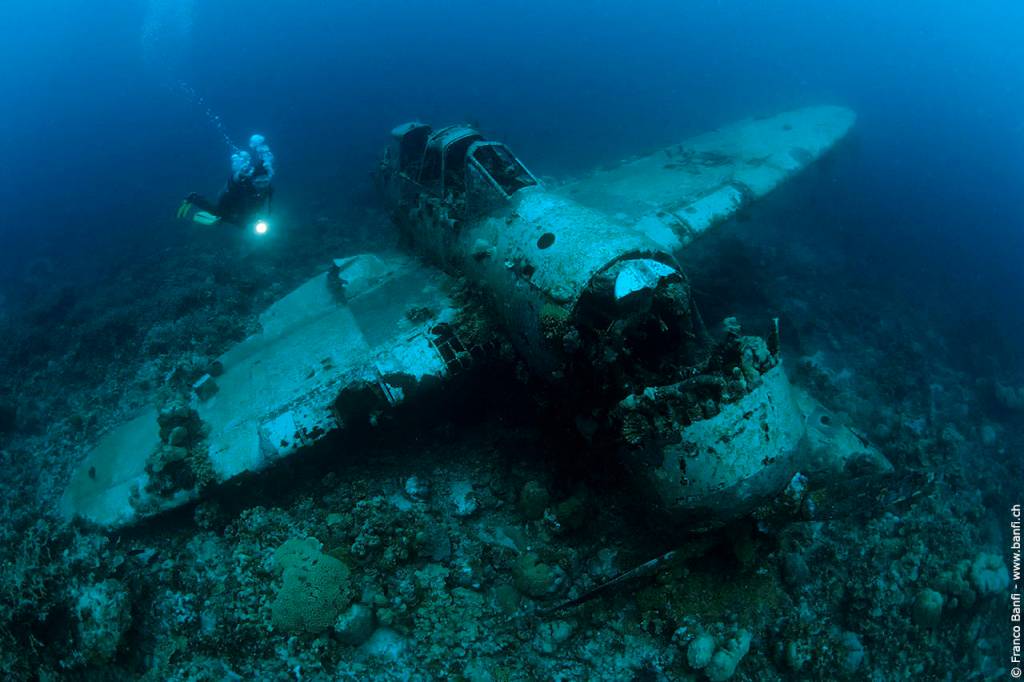
Where: Palau
Dive level: Beginner
Why it’s the best: Sitting on a reef in just 60 feet of water, the Jake Seaplane provides the unique experience of diving an intact Japanese World War II aircraft—and even “flying” it, if you can squeeze into the cockpit. Historians aren’t exactly sure how the plane got here, but Palau’s nearby Koror Harbor was an active Japanese seaplane base, buzzing with Aichi E13A aircraft (or “Jakes”).
Sea life you’ll see: Sea turtles, nudibranch, reef fish and sea snakes
When to go: Year-round
12. The Umbria
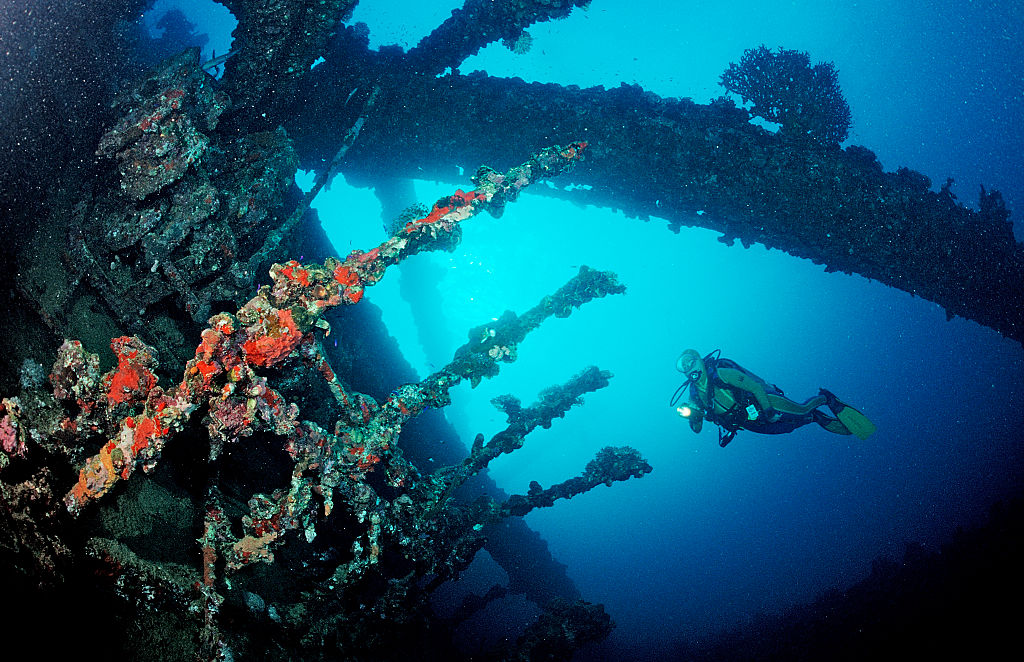
Where: Sudan
Dive level: Beginner
Why it’s the best: While secretly carrying a load of wartime cargo for “neutral” Italy, the Umbria was stopped by British warships looking for contraband. Shortly after, when hearing that his country had formally joined the war with Nazi Germany, the Umbria’s captain decided to scuttle his ship, along with 6,000 tons of bombs and three Fiats. In addition to the sunken treasure, divers can marvel at the beauty of the wreck itself, which is covered in colorful coral.
Sea life you’ll see: Snapper, barracuda, sea lilies, crabs and reef fish
When to go: February to May
13. The RMS Rhone

Where: The British Virgin Islands
Dive level: Beginner
Why it’s the best: Sunk during a hurricane during 1867, this fascinating wreck offers plenty to see, and also happens to be where the classic film The Deep was shot. You can peruse the site for artifacts, including a silver spoon rumored to belong to the captain himself, the massive 15-foot propeller and a cabin door that divers like to rub for good luck. You’ll also want to be sure to say hello to the resident barracudas, Fang and Fred.
Sea life you’ll see: Barracuda, reef sharks, sea turtles, octopus, moray eels and reef fish
When to go: Year-round
14. The MS Zenobia
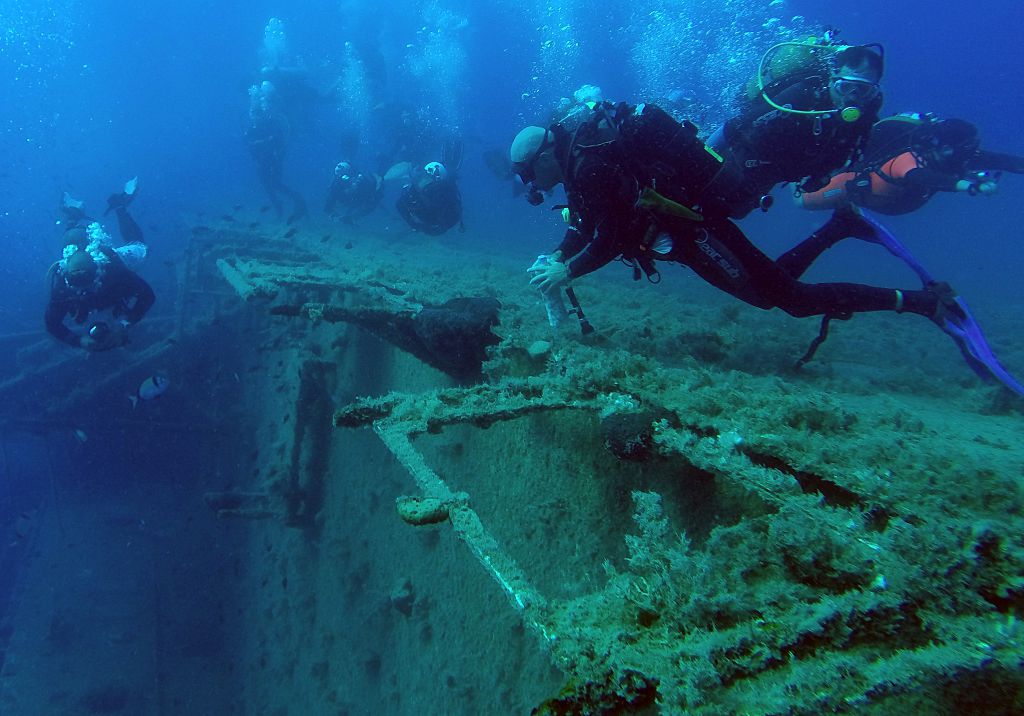
Where: Cyprus
Dive level: Beginner
Why it’s the best: A cargo ship for vehicles that capsized and sank in the Mediterranean in 1980, the Zenobia makes for an entertaining dive. You can make your way past the 120 trucks, cars, trailers and forklifts, many of which are in excellent shape.
Sea life you’ll see: Barracuda, groupers, squid and nudibranch
When to go: March to November
15. The Bianca C

Where: Grenada
Dive level: Advanced
Why it’s the best: Sometimes referred to as the Titanic of the Caribbean, this nearly 600 feet long luxury cruiser actually sank twice: once when it was torpedoed during WWII while being constructed in Normandy, and again in 1961 after being raised and completed. The second time,when docked off Granada during cruise from Naples, Italy, to Venezuela, an explosion in the ship’s engine room caused a fire and evacuation of 700 passengers and crew. Divers can check out the grand ship’s swimming pool, which rests around 125 feet.
Sea life you’ll see: Nurse sharks, eagle rays, moray eels and Atlantic spadefish
When to go: December to June


